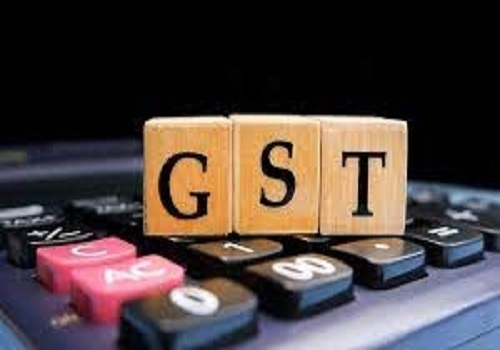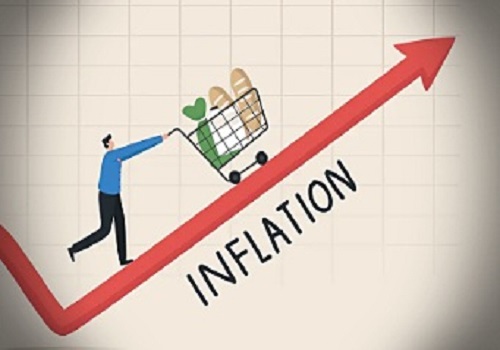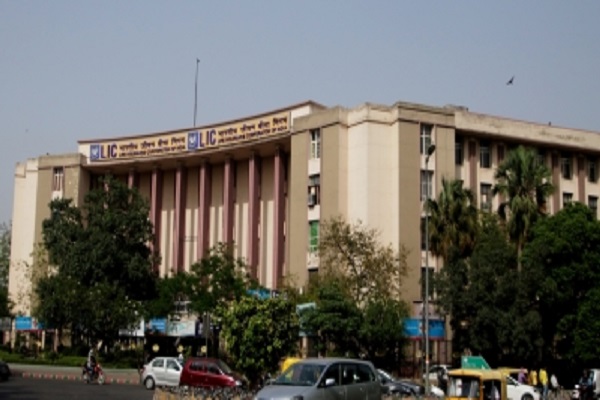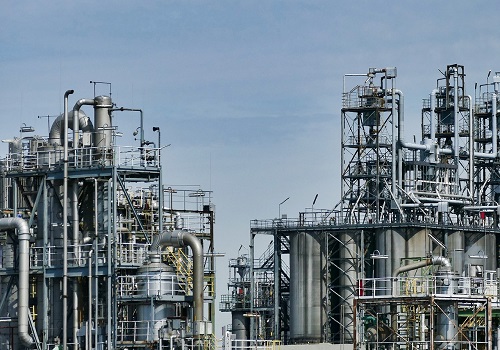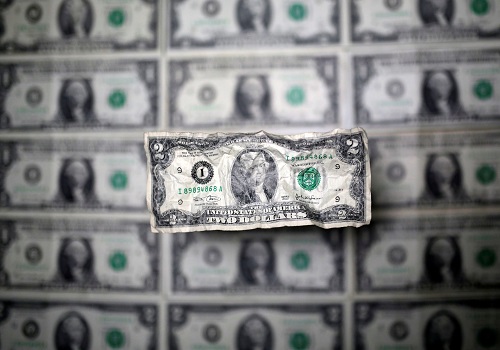The Economy Observer : Potential real GDP boost could be negligible due to tax cuts Motilal Oswal Financial Services Ltd
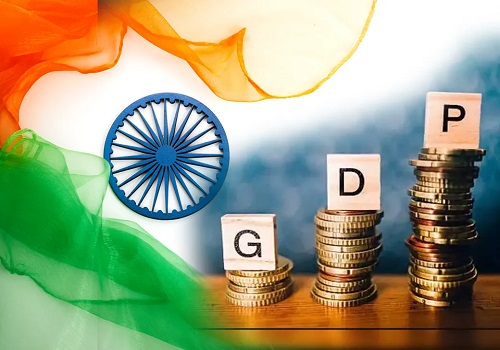
Potential real GDP boost could be negligible due to tax cuts
The key highlight of the Union Budget 2025-26 was the personal income tax reforms. The announcement, which was kept to conclude the 75-minute speech, changed the income slabs and tax rates across the board to benefit the majority of individual taxpayers. No tax will be payable for salaried income of up to INR1.2m now under the new regime, up from INR0.7m earlier (Exhibits 1 and 2). This will cost the exchequer INR1t, as per the government’s estimates. Finance Minister Nirmala Sitharaman was right when she stated that “…the new structure will substantially reduce the taxes of the middle class and leave more money in their hands, boosting household consumption, savings and investment…” (Page no 31, para#157 of the Speech). But how much will these tax cuts lead to additional real GDP growth? With more money in the hands of individuals, their spending will surely go up. However, there are several caveats to consider before understanding the true extent of the incremental effects of these reforms. Our estimates suggest that the net contribution of these reforms to real GDP growth could be negligible in FY26.
Debt repayments will reduce gains in disposable income:
It is likely, and we certainly hope, that a part of the increase in disposable income would go to repayment of consumer debt. Household debt has risen from 35% of income a decade ago to ~52% now (Exhibit 3). Assuming that an insignificant amount of 5-10% of the rise in disposable income (i.e., INR50-100b) is used to repay debt, it would reduce the rise in disposable income to INR900-950b.
Estimating the likely consumption multiplier from tax changes…
How much will be the positive impact of higher individual spending? The marginal propensity to consume (MPC) measures incremental consumption out of additional disposable income. The higher the MPC is, the higher the positive impact of a rise in disposable income on consumption is. On a national level, household savings are about 25% of disposable income (Exhibit 4), implying a consumption-to-income ratio of 75%. The MPC would logically be higher than the national average for the lowest-income people and much lower for the richest people.
To make a guesstimate on possible MPC of the beneficiaries, we must get a good idea on the possible beneficiaries. Our calculations suggest that salaried individuals earning INR1.0-1.2m and INR1.6-2.4m per annum would take away more than two-thirds of all tax gains (Exhibit 5). It means that an individual with an annual salary income of 4-5x and 7-10x the national per capita income would be the biggest beneficiaries. This section should be identified as the lower-upper income of the economy, rather than middle income (please note we are talking only about salaried income, not gross income). The MPC of this section, thus, is likely to be lower than the national average. Although there is no way to put a number to this, let’s assume it at 10-20% lower than the national average, meaning an MPC of 60-70%. Let’s keep it at 65% for the sake of simplicity here.
…a part of which will be offset by higher imports
There is, however, one more important adjustment to be made. Any surge in PFCE would be partly offset by higher imports (that is why imports are deducted from the sum of consumption, investments and exports to arrive at GDP). The import intensity of India’s PFCE has fallen during the past decade. Consumption-related imports (all imports excluding capital goods, mainly for re-exporting and gold & silver) account for ~20% of PFCE now vs. 25-26% a decade ago (Exhibit 6). In simple words, about a fifth of the rise in nominal PFCE is offset by higher imports. Thus, the MPC could fall to 50-55%, after adjusting imports.
Consumption multiplier suggests a gross increase of 0.3-0.35pp in real GDP growth
An MPC of 50-55% would mean a consumption multiplier of 2.0-2.2x. With a rise in disposable income of INR900- 950b (after adjusting possible debt repayments), this would mean an additional consumption of INR2t. With total PFCE expected at about INR200t in FY25, it would mean additional growth of 1pp to nominal PFCE. With PFCE at ~60% of nominal GDP, this would mean an increase of about 0.6pp in nominal GDP growth. With a GDP deflator of 1.8x, it would imply a rise in real GDP growth of about 0.30-0.35pp, at most, because of higher consumption by the household sector (Exhibits 7 and 8).
Tax reforms = slower growth in fiscal spending:
The story is not over yet. The tax changes are effectively a re-distribution of resources from the government to the individuals. Nevertheless, instead of running a higher fiscal deficit, the government chose to keep a tight lid on the fiscal deficit by curtailing its spending growth. Therefore, higher consumption of individuals will be offset by slower growth in fiscal spending.
The Center’s total spending (revenue spending less interest and subsidies plus capital spending less loans & advances) accounts for 9-10% of nominal GDP. The Center’s spending is budgeted to grow only about 5% in FY26 because of the changes in the personal income taxes. Without the foregone revenue of INR1t, the Center’s total spending could have increased by 9% next year (Exhibits 9 and 10).
It means that slower fiscal spending would shave off about 35-40bp (4% multiplied by 10%) from the nominal GDP growth. With a deflator of about 2x, the impact of slower fiscal spending on real GDP growth would be half, about 18-20bp (one basis point is one-hundredth of a percentage point).
The net positive impact on real GDP growth would be very marginal
Overall, the positive impact of 30-35bp of higher private consumption on real GDP growth would be offset by the negative impact of 18-20bp due to slower fiscal spending. The net positive impact of tax cuts on real GDP growth, therefore, would be only 10-20bp in FY26.
Lastly, since fiscal investments have a higher multiplier, this small net positive multiplier may also be overestimated. Further, the saving propensity of the beneficiaries (with annual income of >4x the national per capita income) could actually be higher, leading to a further fall in MPC. At the same time, the import intensity of incremental PFCE could be lower than the national average and debt repayments could not materialize. The risks to our estimates, thus, are evenly balanced.
For More Research Reports : Click Here
For More Motilal Oswal Securities Ltd Disclaimer
http://www.motilaloswal.com/MOSLdisclaimer/disclaimer.html
SEBI Registration number is INH000000412



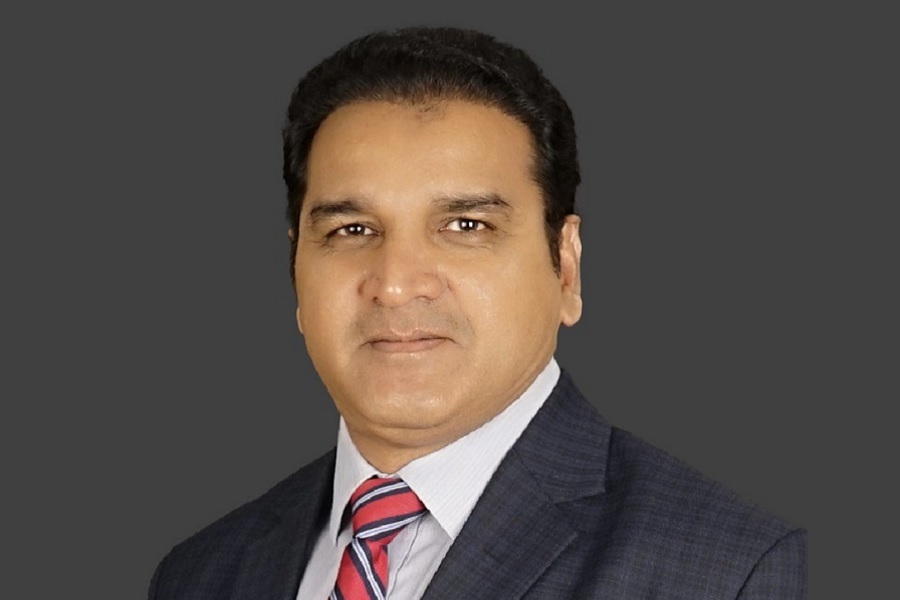
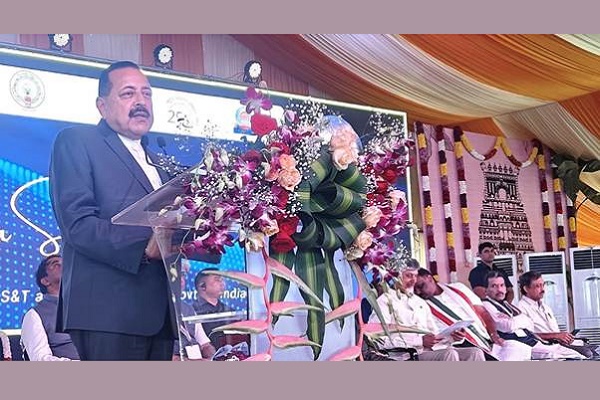

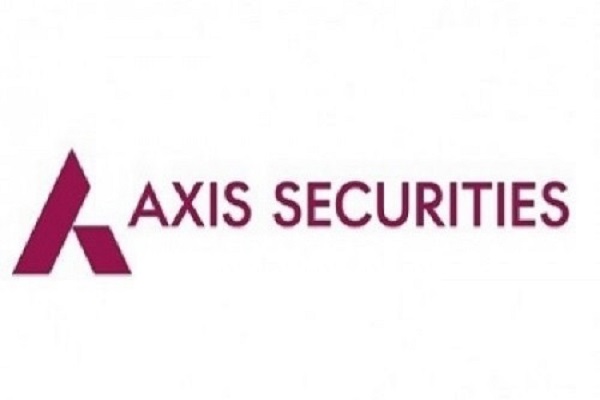
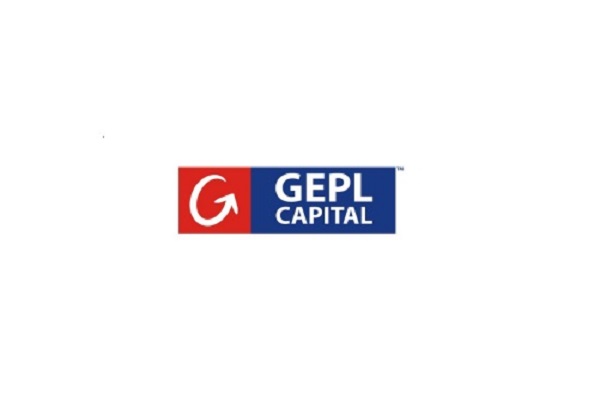
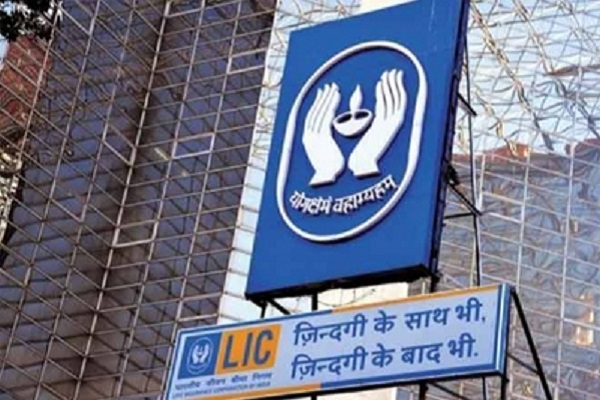

More News
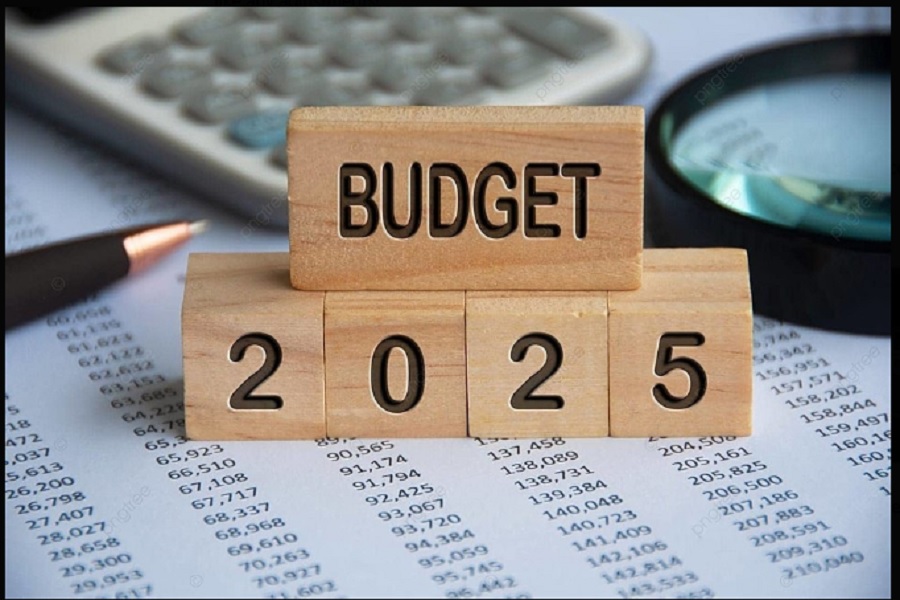
India`s Fiscal Prudence & Union Budget 2025: Key Takeaways for Investors
